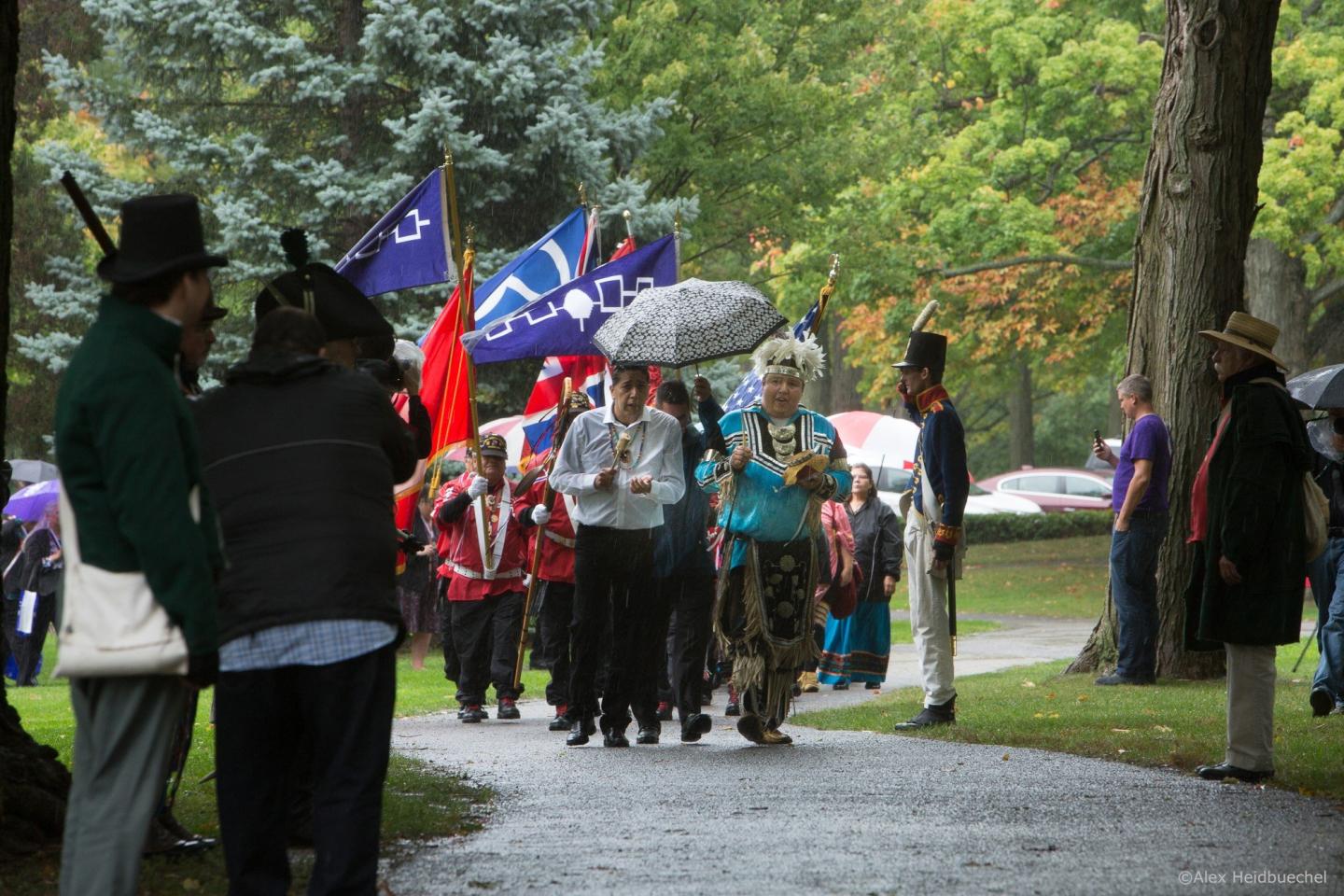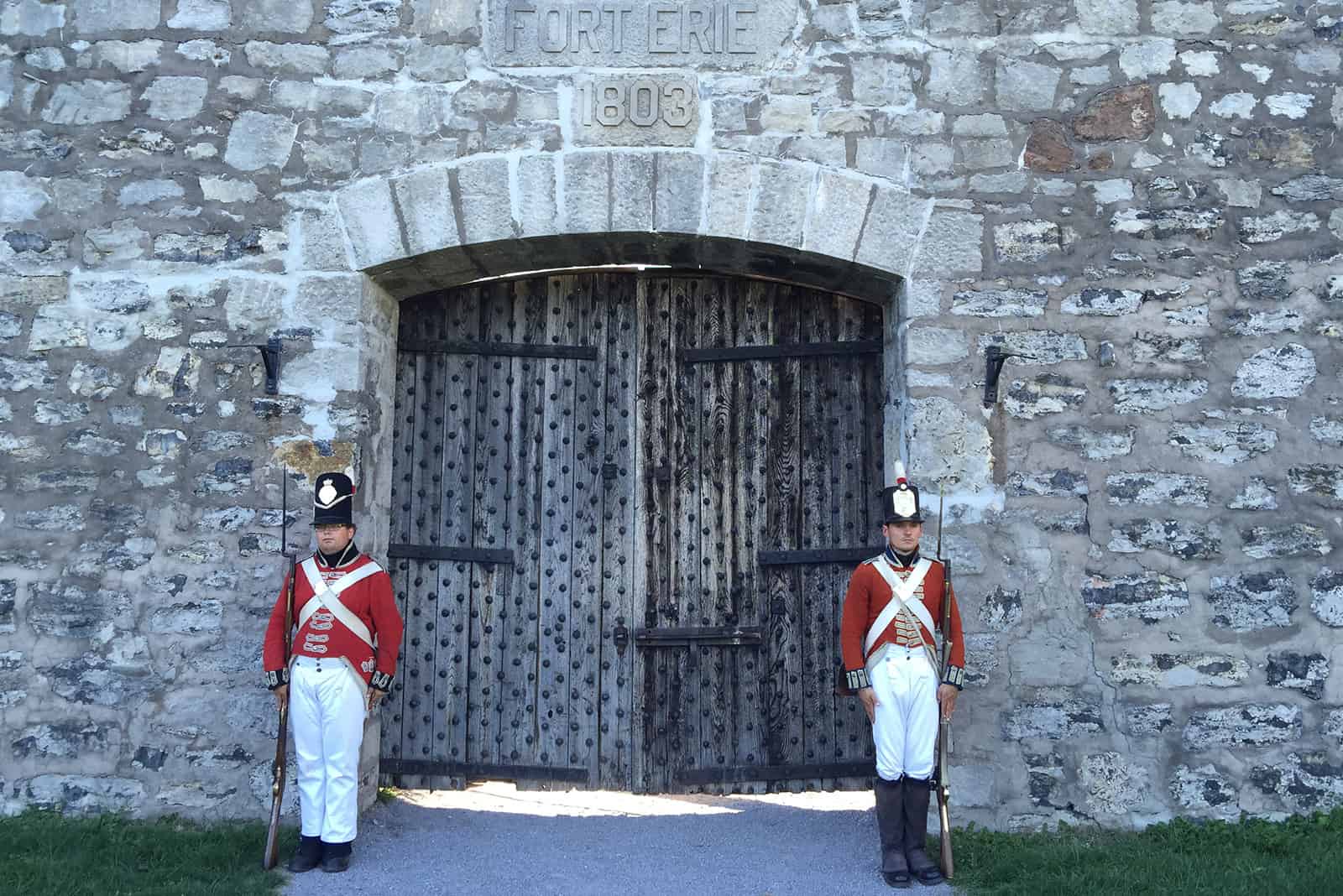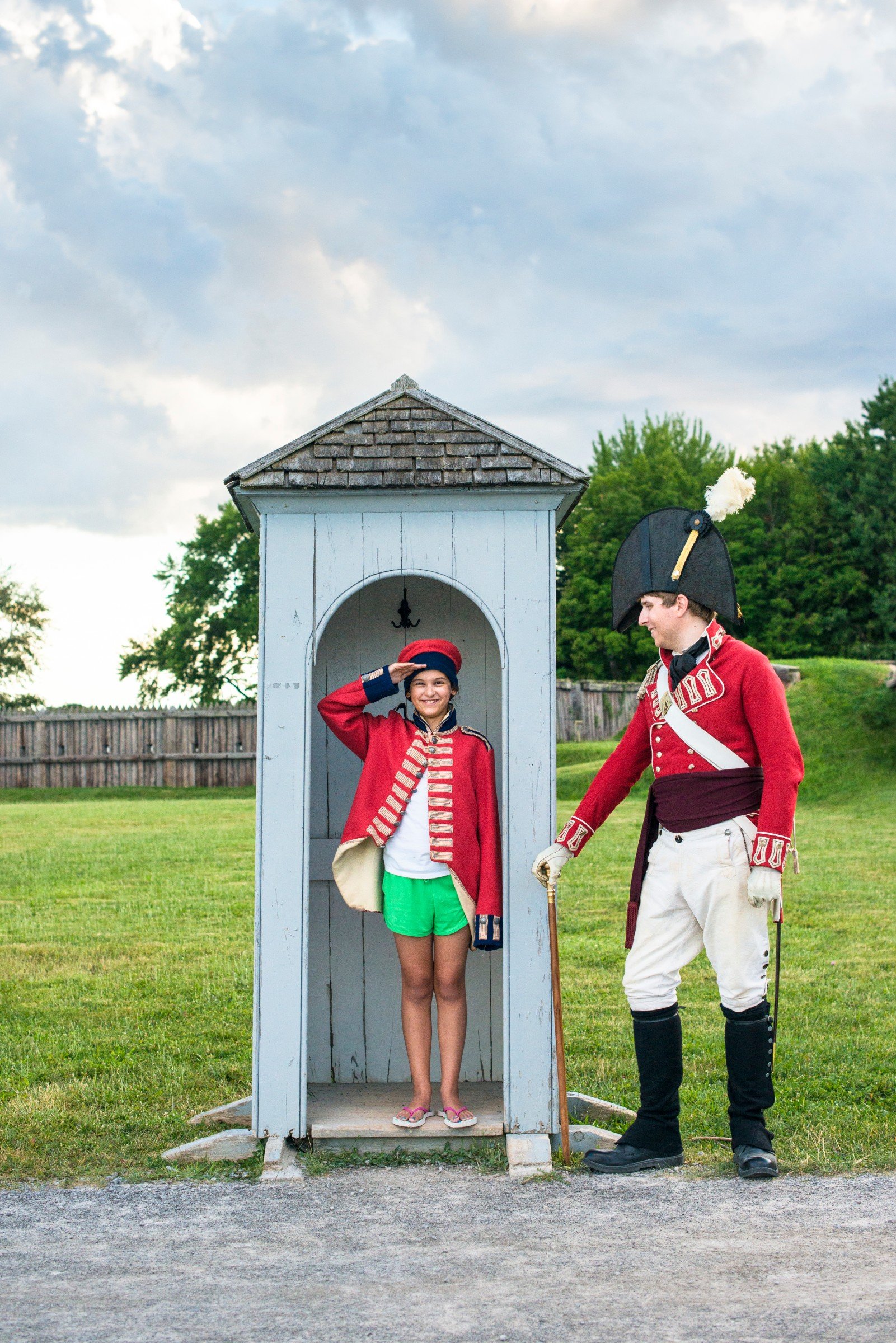
History & Culture of Niagara Falls

History & Culture of Niagara Falls
Formation of the Falls

The Niagara River and the entire Great Lakes Basin of which it is a part, is a legacy of the last Ice Age. Close to 18,000 years ago, southern Ontario was covered by ice sheets 2-3 kilometers thick. As the ice sheets advanced southward they gouged out the basins of the Great Lakes. Then as they melted northward for the last time they released vast quantities of meltwater into these basins. Our water is “fossil water”; less than one percent of it is renewable on an annual basis, the rest leftover from the ice sheets.
The Niagara Peninsula became free of the ice about 12,500 years ago. As the ice retreated northward, its meltwaters began to flow down through what became Lake Erie, the Niagara River and Lake Ontario, down to the St. Lawrence River and on to the Atlantic Ocean. There were originally 5 spillways from Lake Erie to Lake Ontario. Eventually these were reduced to one, the original Niagara Falls, at the escarpment at Queenston-Lewiston. From here the Falls began its steady erosion through the bedrock.
However, about 10,500 years ago, through an interplay of geological effects including alternating retreats and re-advances of the ice, and rebounding of the land when released from the intense pressure of the ice (isostatic rebound), this process was interrupted. The glacial meltwaters were rerouted through northern Ontario, bypassing the southern route. For the next 5,000 years Lake Erie remained only half the size of today, the Niagara River was reduced to about 10% of its current flow, and a much-reduced Falls stalled in the area of the Niagara Glen.
About 5,500 years ago the meltwaters were once again routed through southern Ontario, restoring the river and Falls to their full power. Then the Falls reached the Whirlpool.
It was a brief and violent encounter, a geological moment lasting only weeks, maybe even only days. In this moment the Falls of the youthful Niagara River intersected an old riverbed, one that had been buried and sealed during the last Ice Age. The Falls turned into this buried gorge, tore out the glacial debris that filled it, and scoured the old river bottom clean. It was probably not a falls at all now but a huge, churning rapids. When it was all over it left behind a 90-degree turn in the river we know today as the Whirlpool, and North America’s largest series of standing waves we know today as the Whirlpool Rapids.
The Falls then re-established at about the area of the Whirlpool Rapids Bridge and resumed carving its way through solid rock to its present location.
Cavitation is a special type of erosion that happens at waterfalls because only at the base of waterfalls is there enough speed to produce enough bubbles close enough to rock to affect it. This is the fastest type of erosion. As the water goes over the falls, it speeds up, loses internal pressure, air escapes as bubbles or cavities. These cavities collapse when the water comes to rest, sending out shock waves to the surrounding rock, disintegrating it.
Freezing of the Falls
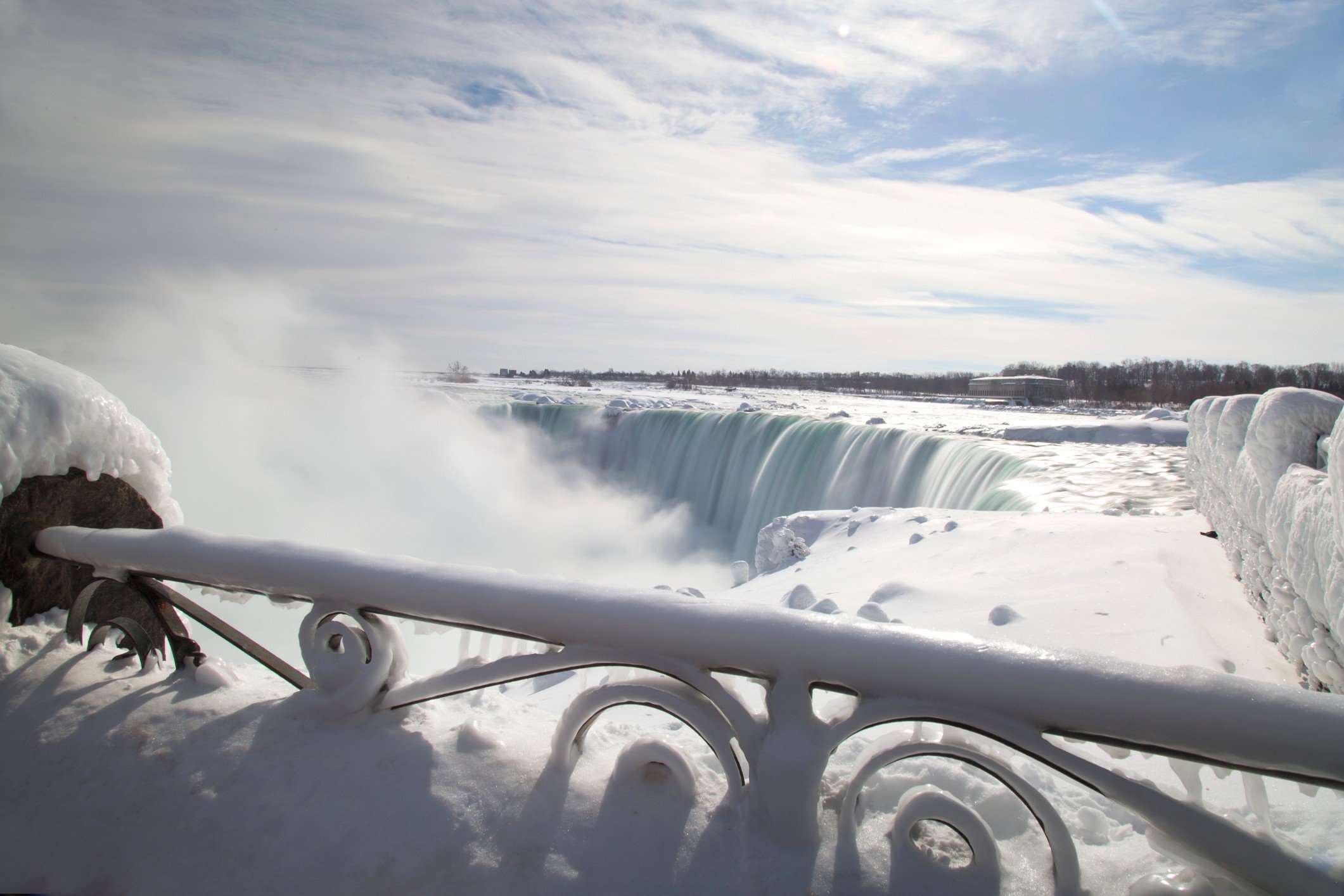
There has only been one occurrence where the flow of Niagara Falls has been stopped due to a freeze up which happened on March 29, 1848. After an extremely cold winter the thick ice of Lake Erie began to break up during a duration of warm weather that had happened in March. Followed by a strong eastward wind this caused the ice to form in the mouth of the Niagara River which then caused a blockage of water from flowing down towards the Horseshoe Falls.
When water comes crashing down over the Falls into the rocks below it causes it to turn solid and form what is known as “The Ice Bridge” connecting the American side to the Canadian Side. Many years ago the Ice Bridge was a popular tourist attraction as visitors would gather on the bridge and admire the beauty that the cold winter weather had created. Both Canadian and American visitors would gather on the bridge where they could enjoy fresh food and beverages as some entrepreneurs set up concession stands for the visitors during these cold times. That was all until an unfortunate disaster occurred on February 4th 1912, where the bridge broke off and caused three people to drift down the river to their death. Ever since this incident occurred walking on the Ice Bridge is forbidden.
For the majority of winters, the Falls are known to partially freeze, although the Falls never entirely freeze up on the waterfall or in the Niagara River. Notable years for the falls to show a great display of them icing up include the years 1985, 1902, 1906, 1911, 1932, 1936, 2014, and 2017. The illusion of the falls freezing completely is due to the outer part of the falls creating a buildup of ice, but underneath that outer shell the water is continuously flowing down the Falls at a constant rate.
Historical Attractions
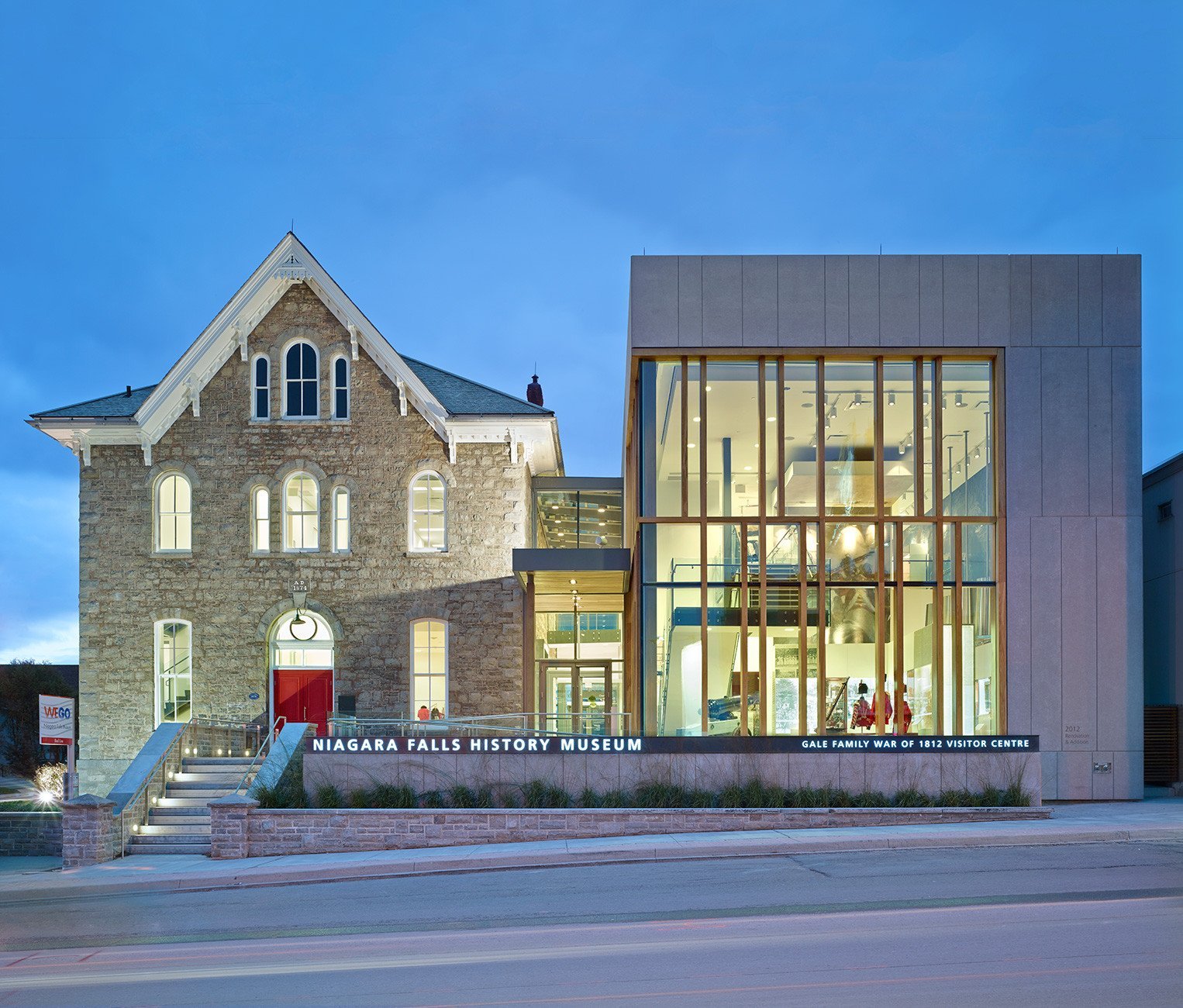
There are many distinct historic sites in Niagara Falls that have helped educate tourists about the significance that the region served in shaping Canada to what it is today.
The War of 1812
The War of 1812 was a turning point in Niagara Falls history, when the fledgling United States army fought British Loyalists for the new lands that would become Canada. Niagara historical sites, battlefields, museums and military re-creations are a memorable journey into the past.
From Fort Erie, to Niagara-on-the-Lake, you can visit the past, carefully restored and recreated. At Old Fort Erie, authentically dressed guides in 1812 period costume re-create life in this former British garrison, including daily musket demonstrations and the annual Siege of Old Fort Erie Re-enactment. Fort Erie was also an entry point for freedom-seeking black slaves escaping persecution in the U.S. The point of entry into Canada from Buffalo, was known as “The Crossing” and is the start of the Freedom Trail - part of the Underground Railroad.
There are innumerable stops for those interested in the history of the area including Brock’s Monument, a tribute to the British General who lost his life at the Battle of Queenston in 1812.
The Niagara Falls History Museum
The Museum is where visitors can explore the history that changed a nation with real artifacts, images, videos and interactive experiences designed to deliver full exposure to historic events in the region. The Niagara Falls Gallery provides visitors with an opportunity to experience the history of the iconic Falls from the geological creation of the Falls to the daredevils that tested the ferocious capability of nature.
Land Acknowledgement
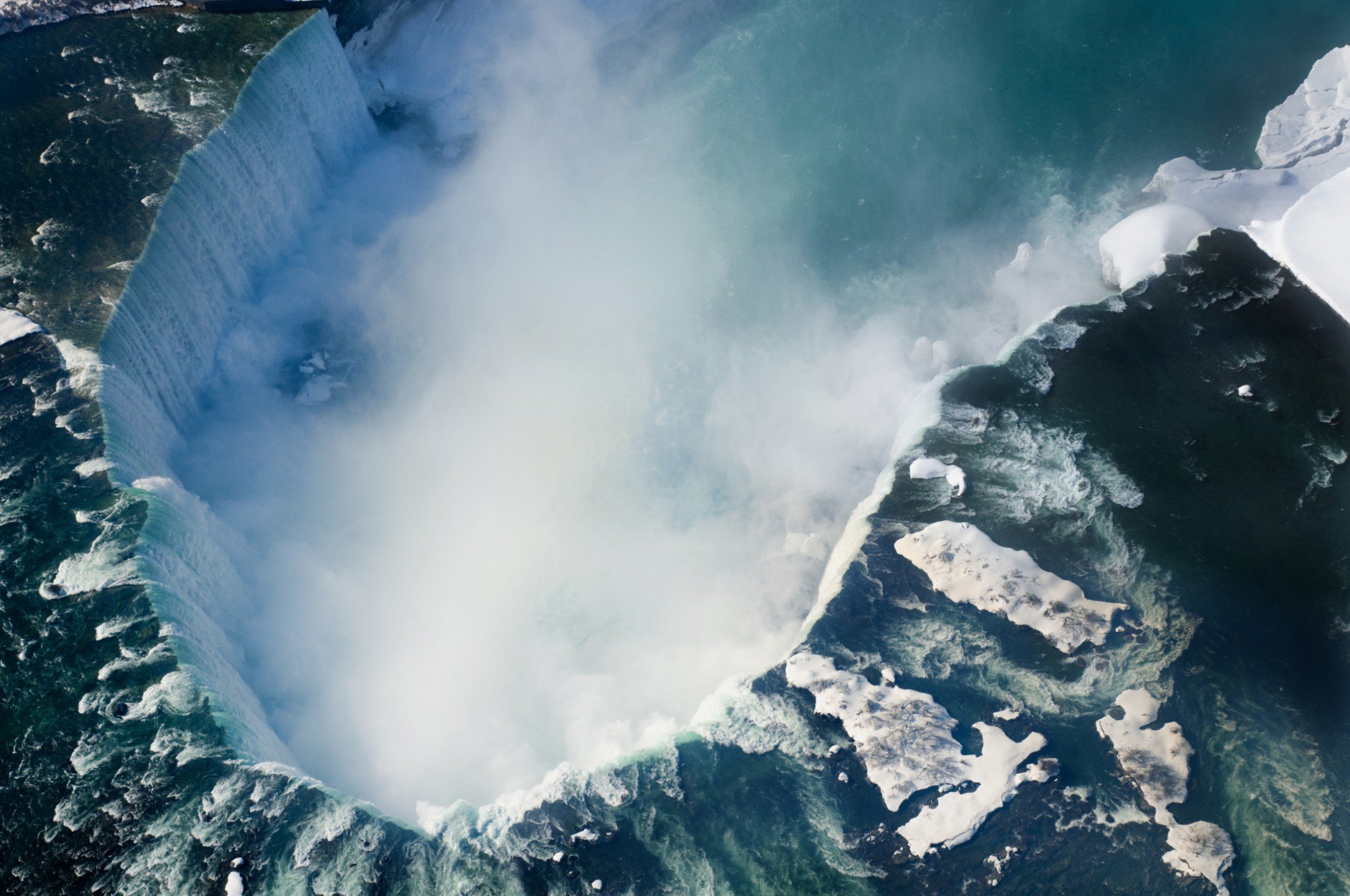
Niagara Falls Tourism acknowledges the land on which we gather is the traditional territory of the Haudenosaunee and Anishinaabe peoples, many of whom continue to live and work here today. This territory is covered by the Upper Canada Treaties and is within the land protected by the Dish With One Spoon Wampum agreement. Today this gathering place is home to many First Nations, Métis, and Inuit peoples and acknowledging reminds us that our great standard of living is directly related to the resources and friendship of Indigenous peoples.
Indigenous Culture

Niagara Region is situated on treaty land. This land is steeped in the rich history of the First Nations such as the Hatiwendaronk, the Haudenosaunee, and the Anishinaabe, including the Mississaugas of the Credit First Nation. There are many First Nations, Métis and Inuit from across Turtle Island that live and work in Niagara today. The Regional Municipality of Niagara stands with all Indigenous peoples, past and present, in promoting the wise stewardship of the lands on which we live.
In addition, many other First Nations, Métis, and Inuit people from across North America (Turtle Island) live and work in Niagara today. The land of the Niagara River corridor was referenced in treaties made between the Crown and First Nations in the 18th century.
The Niagara Region was a place of awe and wonder for the Indigenous peoples who first walked this land. Their ancestors’ footsteps arrived approximately 13,000 years ago as the melting glaciers retreated northward, revealing the great lakes of Erie and Ontario and the mighty Niagara River.
Discover the rich indigenous history and culture of Niagara Falls with these experiences:
About Landscape of Nations 360°
Landscape of Nations 360° is a not-for-profit organization that creates, designs, and implements educational and expressive arts programs that convey the meaning, depth, substance, and contributions of Indigenous peoples to Canadian history and society. The organization develops projects that are intended to enlighten and transform the public’s understanding of — and engagement with — Indigenous peoples.

















